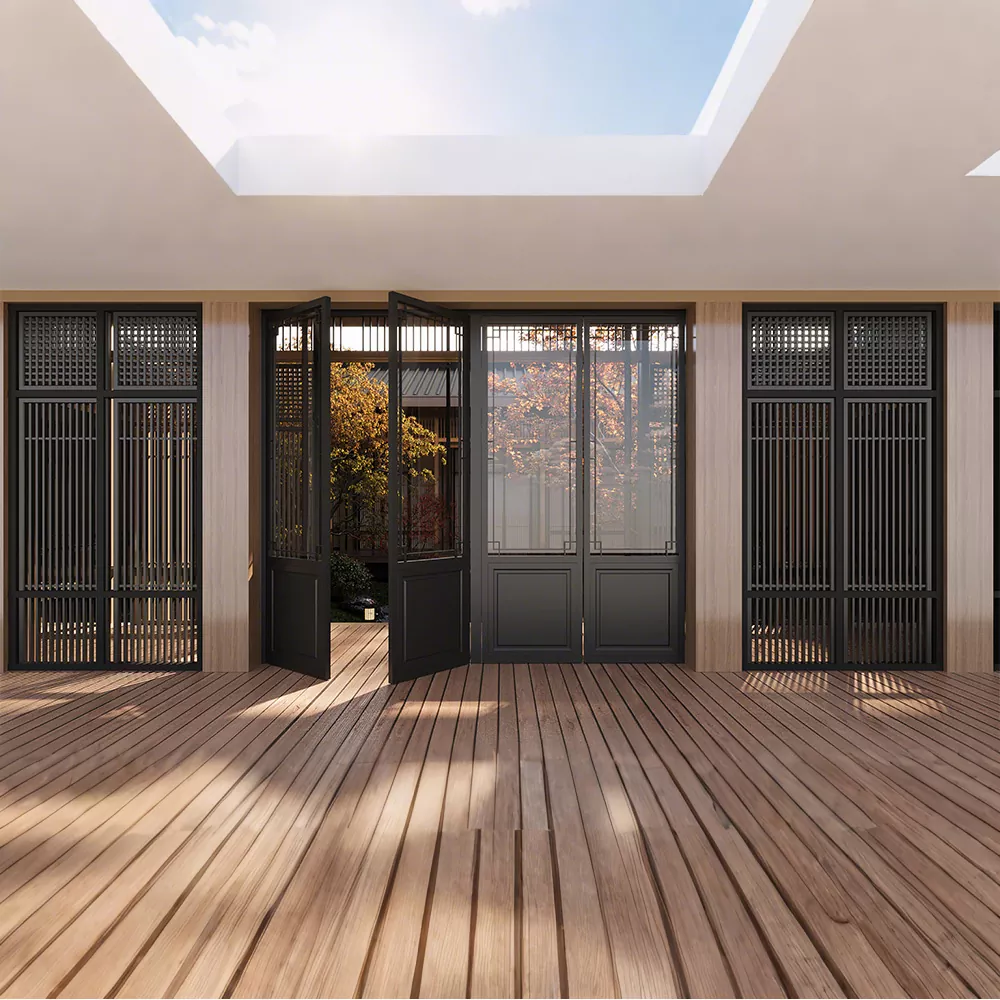Thermal insulation performance of aluminum windows
2025-06-13
The thermal insulation performance of aluminum windows depends heavily on their design and materials. Here's a breakdown:
1. Inherent Properties of Aluminum
Poor natural insulator: Aluminum is a highly conductive metal, meaning it easily transfers heat and cold. On its own, it has low thermal insulation.
2. Enhancements for Insulation
To improve thermal insulation, manufacturers use the following techniques:
a. Thermal Break (or Thermal Barrier) Technology
A non-metallic material (often polyamide) is inserted between the interior and exterior parts of the aluminum frame.
This "thermal break" significantly reduces heat transfer, making modern aluminum windows much more energy efficient.

b. Double or Triple Glazing
Multi-layered glass units with inert gas (like argon) between panes reduce heat loss.
Combined with low-emissivity (Low-E) coatings, they improve the window's U-value (thermal transmittance).
c. Insulated Window Frames
Some high-performance aluminum windows have foam-filled chambers inside the frames for better insulation.
d. Proper Sealing and Installation
High-quality weatherstripping and proper installation prevent air leakage, further boosting thermal performance.
3. Thermal Performance Ratings
The U-value measures insulation: lower U-values = better insulation.
Well-designed aluminum windows with thermal breaks and double glazing can achieve U-values as low as 1.4–1.8 W/m²·K, comparable to wood or uPVC windows.
As a professional manufacturer and supplier, we provide high-quality products. If you are interested in our products or have any questions, please feel free to contact us.


